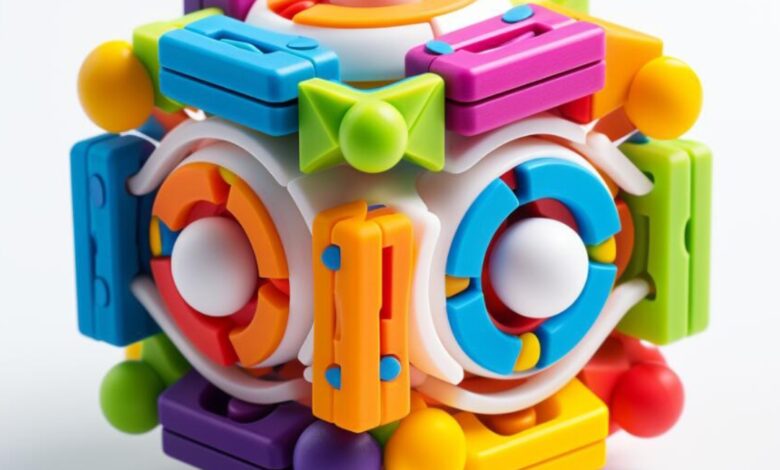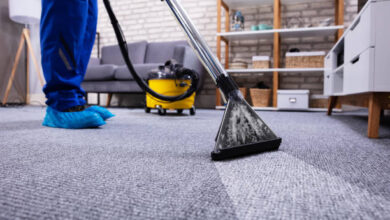Fidget Toys: A Tool to Help Kids Manage Anxiety

Fidget toys have surged in popularity in recent years as tools to help kids manage anxiety symptoms and improve focus. From fidget spinners to sensory putties, these toys provide restless hands and minds with a calming outlet. When used appropriately under guidance, fidget toys can be invaluable self-regulation aids for children with anxiety, ADHD, autism, and sensory issues.
The Rise of Fidget Toys
While fidgeting objects like worry stones have existed for ages, the market for toys designed specifically for purposeful fidgeting has grown enormously over the past decade. According to Google Trends, global searches for “fidget spinner” skyrocketed in 2017 as the toys became a widespread craze. Though the fidget spinner frenzy has slowed, the broader interest in sensory toys continues.
The increased mainstream acceptance of fidget toys coincides with greater awareness around childhood anxiety, ADHD, autism spectrum disorder, and sensory processing challenges. As parents and educators better understand these issues, tools to aid focus and calm nerves become normalized. Fidget toys also provide a more socially acceptable outlet for stress than nervous habits like nail biting.
Benefits of Using Fidget Toys
There are many proposed benefits of using fidget toys as a tool for anxious kids:
- Reducing restlessness – Fidget toys can occupy restless hands and feet, allowing kids to expend energy in a quiet, subtle way. This helps those who struggle to sit still.
- Releasing tension – Manipulating tactile toys provides sensory input to satisfy needs. This releases built up tension.
- Improving focus – Having tactile stimulation can improve some kids’ ability to concentrate by keeping hands occupied and limiting distractions.
- Managing stress – Fidget toys offer a positive outlet for nervous energy and anxiety symptoms. Kids self-soothe by playing with familiar sensory toys.
- Easing transitions – Fidget toys can smooth transitions between tasks or settings as kids adjust.
- Boosting mood – Fidgets may stimulate feel-good chemicals in the brain, helping improve mood. Novelty and variety prevents habituation.
Of course, benefits vary by each child’s needs. While some kids find sensory toys help them sit, listen, and learn, others may become overly distracted. Still, many anxious children benefit from having appropriate fidget outlets.
Best Practices for Using Fidget Toys
While promising, fidget toys should be deployed strategically under guidance for best results. Recommended strategies include:
- Choosing age-appropriate toys – Select quiet, subtle toys designed specifically for children, not office workers.
- Identifying needs – Observe when the child needs sensory input throughout the day. Note appropriate times to use fidgets.
- Setting expectations – Establish when and how fidgets may be used. Ensure toys don’t become distractions.
- Pairing with instruction – Build in sensory breaks with fidget toys during learning times to practice self-regulation.
- Varying fidgets – Rotate novel sensory toys to sustain interest and prevent habituation.
- Modeling – Demonstrate appropriate subtle fidgeting to discourage disruptive use.
- Allowing child-directed “fidget time” during designated breaks between tasks to fulfill sensory needs.
With patience and consistency, kids can learn to integrate fidget toys into focus-promoting routines. Consulting therapists can also help establish skills.
Sensory Toys to Meet Fidgeting Needs
Many types of sensory toys can meet different fidgeting needs:
- Handheld fidgets like fidget cubes allow subtle tactile stimulation. Great for occupying hands in pockets or on desks.
- Manipulatives like moldable putties and clays allow engaging kneading, pulling, and squishing. These can be calming.
- Noisy toys like clickers, poppers, and crinkle toys provide auditory stimulation for some kids.
- Wearable fidgets like chewlery necklaces or textured bands discreetly provide tactile input throughout the day.
- Fidget furniture like balance boards, wobble stools, and cushions facilitate fidgeting while seated. Useful for classrooms.
Matching sensory tools to each child’s needs is key. An occupational therapist can help assess and make customized recommendations.
Using Fidget Toys Effectively
While fidget toys show promise, they can become distractions if not used properly. Strategies for effective use include:
- Teaching kids to listen to their body’s cues to identify when movement or sensory input is needed.
- Establishing clear “fidget zones” where toys are permitted, and “no fidget zones” where they should be put away.
- Using visual timers or signals to indicate when fidgeting is allowed or prohibited. This builds self-monitoring skills.
- Swapping out toys that become too distracting for new options. Or temporarily taking toys away until earned back through on-task behavior.
- Scheduling regular sensory breaks for more immersive movement and stimulation.
- Ensuring school staff implement classroom fidget toy use consistently. Align policies school-wide.
With adult guidance, kids can learn to use sensory tools selectively to build self-regulation skills over time.
Supporting Sensory Needs Sensibly
While no toy is a cure-all, fidget toys can provide anxious, antsy kids with a helpful outlet to channel restless energy and satisfy sensory needs. Matching sensory tools to each child’s challenges, along with structure around expectations and use, is key. Under proper guidance, fidget toys offer one sensible, non-stigmatizing aid for managing childhood anxiety.



